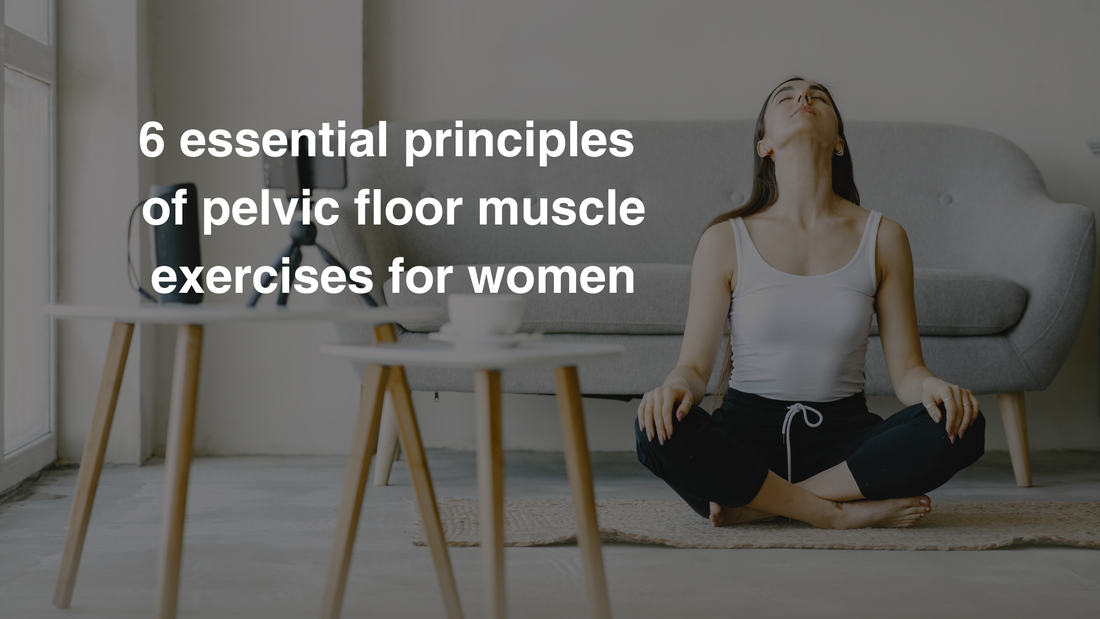Keep a few rules in mind during your workout:
Optimal position
Proper position and correct pelvic alignment are the main elements to keep in mind when starting to exercise. If you work out with the Boost device , you will find all the necessary information >here.
Squeeze and lift

Imagine that you are holding a fire hose with your pelvic floor muscles and there is a wall in front of you that you want to douse aiming as high as possible. Gently activate your pelvic floor muscles and feel them as you tighten and lift them. Then relax. Get familiar with additional practical visualizations for men or women.
Breathe

It is important to combine exercising with proper breathing because the pelvic floor muscles work with the diaphragm.
Breathe out while activating your muscles, and breathe in while relaxing them. If you have trouble coordinating your breathing, say “hop” or “once” during a contraction.
Breathe calmly (inhale-exhale) during a long contraction. If you hold your breath, you can count out aloud.
Relax

Remember to fully relax your pelvic floor muscles after each contraction.
Don’t tense up

Take a calm breath and feel your whole body relax: face, shoulders, abdomen, buttocks, thighs, and pelvic floor. Place your hands on your lower ribcage and breathe so that they expand gently on the inhale.
Pelvic floor muscle training is all about gentle exercise. Be careful not to activate other areas of the body — such as the buttocks, thighs, and abdominal muscles. Activate your pelvic floor muscles to the point where you can do it in an isolated manner — relax the rest of the body. You may feel a slight tightening of the transverse abdominal muscle.
Engage your transverse abdominal muscle
.jpg?width=200&name=Grafiki%20do%20sklepu%20Boost%20(2).jpg)
The transverse abdominal muscle is our natural muscle “corset” that works with the pelvic floor muscles. Place your hands on your hips and feel the iliac spines in the front under your fingers. Imagine trying to pull them closer together by gently activating the transverse abdominal muscle. Make sure you’re not pulling the abdomen in too much. You can find more tips here.
See your physiotherapist if you are not sure if you exercise correctly or if you experience any pelvic floor problems.
